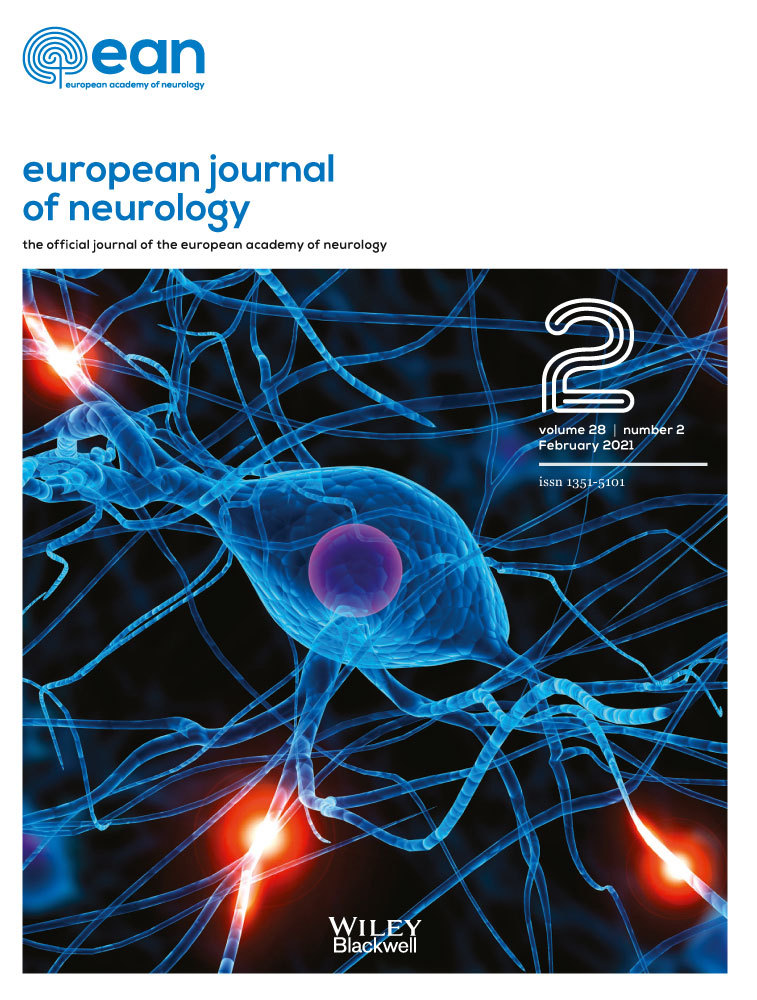Osmotic demyelination syndrome diagnosed radiologically during Wilson’s disease investigation
Abstract
Wilson’s disease (WD), also known as hepatolenticular degeneration, is a rare autosomal recessive disorder that results from abnormal ceruloplasmin metabolism, with copper deposition affecting multiple systems. Osmotic demyelination syndrome (ODS) refers to acute demyelination seen in the setting of osmotic changes, typically with the rapid correction of electrolyte disturbance. We present a 29-year-old male patient diagnosed with WD 1 year after the onset of extrapyramidal symptoms. Magnetic resonance imaging performed during hospitalization showed two patterns of pons involvement, which allowed the diagnosis of ODS in addition to WD. Classic imaging findings were observed and illustrate perfectly these two conditions.
Disclosure of conflicts of interest
On behalf of all authors, the corresponding author states that there are no conflicts of interest.
Open Research
Data availability statement
The data that support the findings of this study are available on request from the corresponding author.




